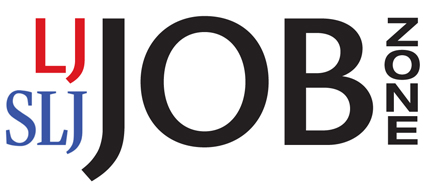Conference Paper: Innovation and experimentation in scholarly publishing: Web 2.0 features in Open Access journals
The following paper will be presented at the upcoming World Library and Information Congress, 78th IFLA General Conference and Assembly that will take place in Helsinki this August.
Title
Innovation and experimentation in scholarly publishing: Web 2.0 features in Open Access journals
Author
Maria Cassella
University of Turin
Source
IFLA General Conference 2012 Web Site
Abstract
Open Access journals are rapidly increasing in number and consolidating their reputation in scholarly e- publishing. The Directory of Open Access Journals (DOAJ) listed more than 7.500 OA journals in March 2012 while M. Laakso et al. (M. Laakso et al 2011) estimate a number of more than 250.000 OA articles in 2011.
OA journals are also leading the way in introducing innovative features and concepts in scholarly communication.
Several OA journals have experimented with innovations in different fields: e.g. peer review, business models (article processing fees, membership, sponsorship and so on), topics, formats, layout and structure of articles (Bo-Christer Björk, 2011).
Among the others, Web 2.0 features have been recently adopted by some scholarly OA journals. This article reports the findings of a study carried out by the author in the period March-April 2012 on 1, 057 OA journals selected from the Directory of Open Access Journals.
Findings show that the level of uptake of Web 2.0 features in OA publishing is uneven. It ranges from a non adoption of Web 2.0 technologies to a low level of uptake for OA journals which enable RSS/ATOM applications (e.g. the SciELO electronic library and a fair number of journals adopting the PKP OJS software), to a medium/high level of adoption as in the case of OA journals and platforms which incorporate different sharing tools or set up Facebook pages and Twitter accounts to outreach social networking and microblogging users (e.g. the Redalyc platform, BioMed Central), to a high level of adoption of Web 2.0 tools i.e. in the case of those OA journals which implement inherently Web 2.0 technologies. The format and publishing structure of these journals are deeply affected by the adoption of these technologies.
This paper aims to highlight the way OA journals are innovating the scholarly publishing system.
Direct to Full Text (11 pages; PDF)
Filed under: Associations and Organizations, Journal Articles, Libraries, Open Access, Patrons and Users, Publishing, Reports
About Gary Price
Gary Price (gprice@gmail.com) is a librarian, writer, consultant, and frequent conference speaker based in the Washington D.C. metro area. He earned his MLIS degree from Wayne State University in Detroit. Price has won several awards including the SLA Innovations in Technology Award and Alumnus of the Year from the Wayne St. University Library and Information Science Program. From 2006-2009 he was Director of Online Information Services at Ask.com.


